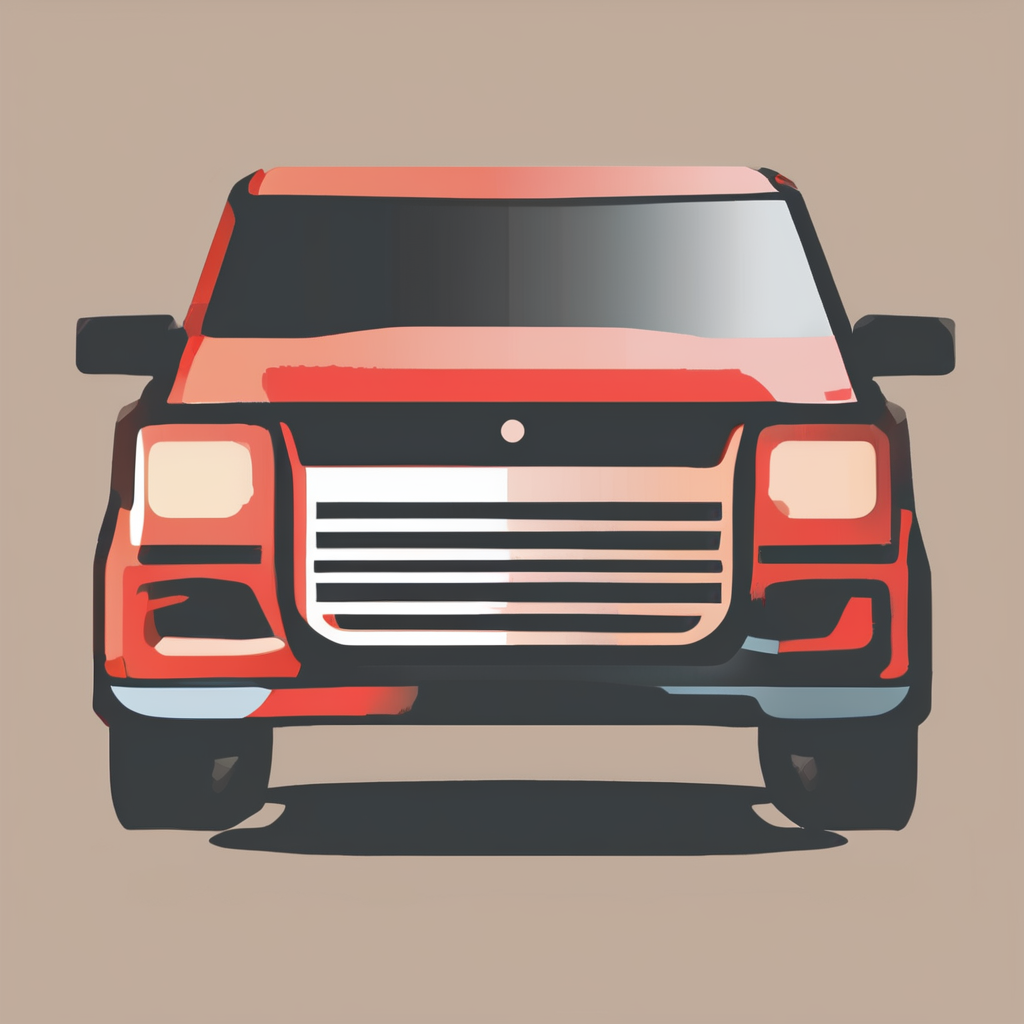Tools and Preparation for Crash Bar Installation
Before starting your DIY motorcycle crash bar installation on a Kawasaki Versys 300, gathering the right tools is critical. Essential tools typically include a torque wrench, hex keys or Allen wrenches (commonly sizes 4mm to 6mm), a socket set, and screwdrivers. Having a set of quality hand tools ensures you can tighten bolts securely without damaging components. Additionally, gloves and eye protection enhance safety during the process.
Preparation tips are just as important for a smooth install. Begin by thoroughly cleaning the mounting points on the bike’s frame where the crash bars will be attached. This removes dirt and debris that could affect fitment or lead to damage over time. It’s advisable to lay out all parts and fasteners beforehand, verifying everything against the instructions to prevent interruptions.
In the same genre : Mastering kawasaki zzr1400 foot peg upgrade: essential expert advice for a perfect replacement
Key safety precautions should never be overlooked. Securely support the Kawasaki Versys 300 on a stable stand to prevent tipping. Double-check that no fuel lines or electrical wiring are near the installation points that might be pinched or damaged during crash bar attachment. Being well-prepared minimizes risks, allowing your installation to go faster and safer.
Installing Crash Bars on the Kawasaki Versys 300: Step-by-Step Guide
Installing crash bars on your Kawasaki Versys 300 enhances protection and peace of mind on every ride. Start by positioning the crash bars carefully against the frame to ensure a precise fit. Align the bars so they cover vulnerable areas without interfering with steering or foot controls.
This might interest you : Essential guide: top safety tips for replacing swingarm bushings on your yamaha r6! don’t miss out!
Next, attach the supplied brackets and bolts following the manufacturer’s guidelines. Use a torque wrench to tighten bolts to the recommended specifications, often between 20-30 Nm, to prevent loosening while avoiding overtightening that might damage threads. Make sure all mounting points are secure before proceeding.
If you encounter common issues such as misaligned bars or difficulty fitting bolts, first double-check the alignment and bracket placement. Using a small amount of grease on bolts can ease installation and prevent corrosion. Also, verify that you have the correct hardware and refer to the Kawasaki Versys 300 protection manual for model-specific details.
Perform a final inspection by gently rocking the bars to confirm stability. This step-by-step crash bar installation ensures your bike’s protection without compromising its performance or aesthetics.
Maximising Your Riding Safety with Crash Bars
Crash bars are essential motorcycle safety features that protect your Versys 300 during unexpected falls or crashes. They act as a buffer, absorbing impact and preventing direct contact between the ground and vital parts of your bike. By minimizing damage, crash bars reduce repair costs and keep your bike ride-ready after minor accidents.
In real-world scenarios, riders equipped with crash bars have reported less frame damage and protection of critical components like the engine and fuel tank. For instance, during low-speed tip-overs, crash bars can prevent costly scrapes and dents to the bike’s bodywork.
To further enhance your Versys 300 riding protection, consider combining crash bars with other safety equipment such as high-quality riding gloves, boots, and a durable helmet. Maintaining an alert mindset and practicing defensive riding also significantly lowers accident risks. By integrating crash bars with these safety habits and gear, you maximize your chances of staying safe on the road without compromising the performance or aesthetics of your bike.
Product Recommendations and Useful Resources
Choosing the best crash bars for Kawasaki Versys 300 means focusing on durability, fit, and ease of installation. Brands like SW-Motech, GIVI, and Hepco & Becker consistently lead in quality and compatibility with the Versys 300. These manufacturers offer crash bars designed to protect the engine and fairings without interfering with the bike’s agility.
For riders new to installing crash bars, numerous installation videos are available on YouTube and manufacturer websites. These step-by-step guides cover essential tools and mounting points, ensuring a smooth setup. Watching them before starting helps prevent mistakes and simplifies the process.
If you need further help, forums dedicated to the Versys 300 community provide valuable advice and troubleshooting tips. Additionally, many aftermarket accessories like skid plates and frame sliders complement the crash bars for comprehensive protection.
Explore the combination of quality, support, and practical guidance when selecting the best crash bars for Kawasaki Versys 300 to enhance safety and confidence on the road.
Pro Tips and Common Mistakes to Avoid
When installing crash bars on your Versys 300, following precise installation best practices is crucial for safety and durability. Start by thoroughly cleaning mounting points to ensure a secure fit. Use appropriate torque settings when tightening bolts to avoid metal fatigue or loose fittings over time.
One common pitfall in a Versys 300 DIY is neglecting proper alignment. Misaligned crash bars can reduce their protective efficiency and cause uneven stress during impacts. Using a level or alignment jig helps maintain accuracy.
Post-installation, inspect all fasteners regularly for signs of loosening or corrosion. Overlooking this maintenance step can compromise the crash bar’s effectiveness. Additionally, applying anti-seize lubricant on bolts can prevent rust and promote easier future removal.
Avoid rushing the job; taking your time reduces errors dramatically. Double-checking each step—from initial positioning to final torque settings—minimizes rework and ensures your installation lasts the long haul.
By incorporating these crash bar installation tips, you’ll enhance your Versys 300’s protection and enjoy peace of mind while riding.
